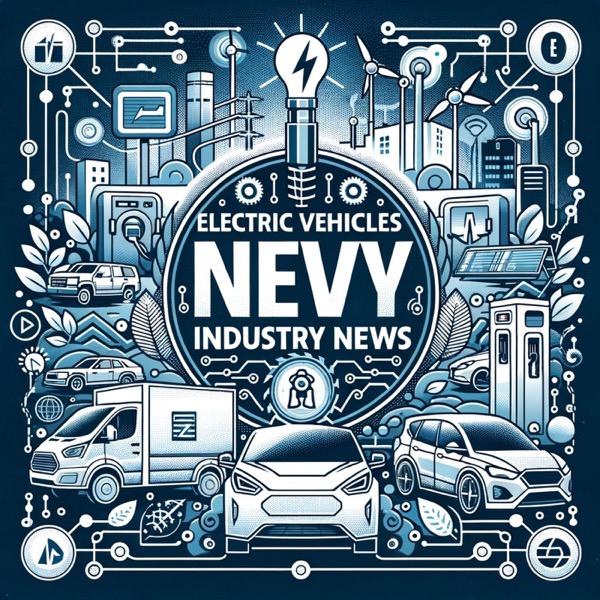EV Industry Poised for Takeoff in 2025: Declining Costs, Expanding Options, and Charging Infrastructure
Electric Vehicles Industry News - A podcast by Quiet. Please

The electric vehicle (EV) industry is poised for significant growth in 2025, driven by declining costs, expanding consumer options, and increasing charging infrastructure. According to BloombergNEF, global EV sales are expected to rise by 20% this year, following a record high of nearly 17 million vehicles sold in 2024[1].Key markets such as the European Union and China are leading the charge, with numerous automakers preparing to launch more affordable models. In contrast, the U.S. market's growth will depend heavily on the incoming administration's policy choices, particularly regarding government support for EVs and potential trade barriers[1].The global EV landscape is becoming increasingly competitive, with BYD and Tesla dominating the market, accounting for 35% of all electric car sales in 2023. However, other manufacturers like Hyundai-Kia and European carmakers are gaining ground, with Hyundai-Kia overtaking GM and Ford in U.S. electric car sales in 2023[2].In regions like India, the EV market is at an inflection point, with EVs accounting for about 5% of total vehicle sales between October 2022 and September 2023. The market is expected to reach over 40% penetration by 2030, driven by strong adoption in two-wheeler and three-wheeler categories[3].Regulatory changes and government incentives play a crucial role in shaping the EV industry. For instance, the U.S. government's investment of $1.7 billion in electric vehicle manufacturing plants in July 2024 is expected to drive market growth[5].Consumer behavior is also shifting, with growing interest in EVs fueling favorable market growth. Manufacturers are responding by launching new models, enhancing battery capacity, and integrating new technologies. For example, Hyundai launched the off-road capable EV IONIQ 5 XRT in September 2023, featuring a dual motor and 84 kWh battery[5].In terms of supply chain developments, the integration of Tesla's North American Charging Standard (NACS) port in new models like the IONIQ 5 XRT allows access to over 17,000 Tesla Supercharger stations, providing both DC and AC type charging in one single plug[5].Comparing current conditions to previous reporting, the EV industry has made significant strides. In 2020, the global electric car stock hit the 10 million mark, a 43% increase over 2019[4]. The industry has continued to grow, with 2024 seeing a record high in EV sales.Industry leaders are responding to current challenges by investing in research and development, expanding charging infrastructure, and launching more affordable models. For instance, Volkswagen aims for 70% electric car sales in Europe and 50% in China and the United States by 2030[4].In conclusion, the electric vehicle industry is on track for solid growth in 2025, driven by declining costs, expanding consumer options, and increasing charging infrastructure. However, regulatory changes, government incentives, and shifts in consumer behavior will continue to shape the industry's trajectory.
